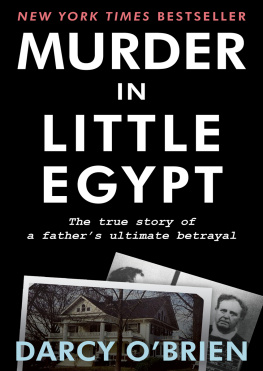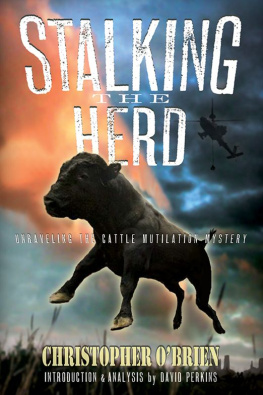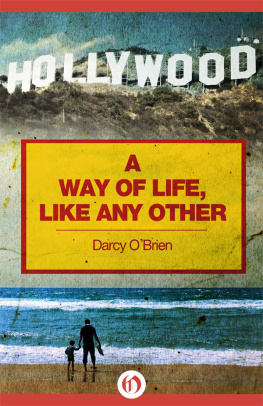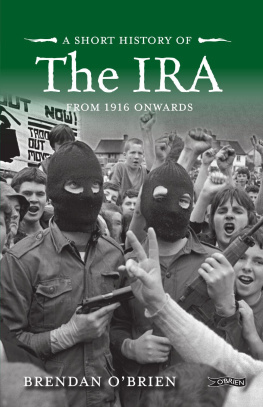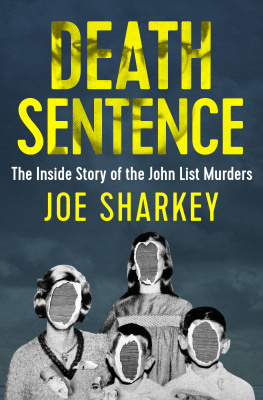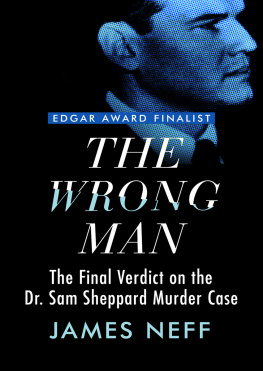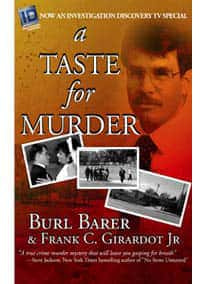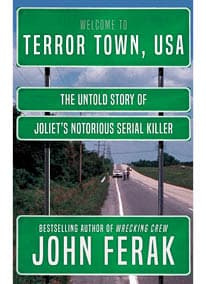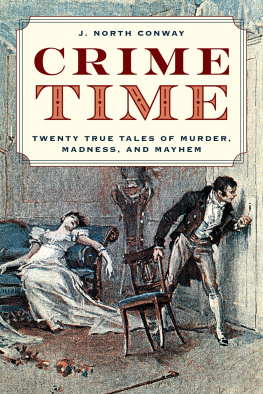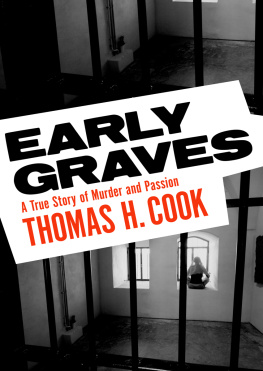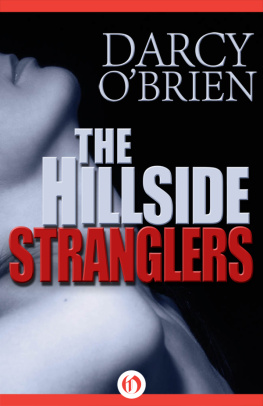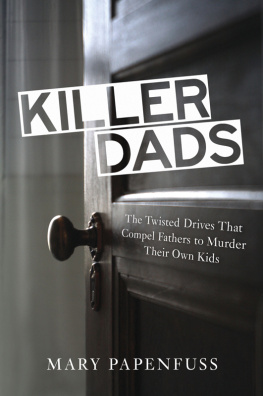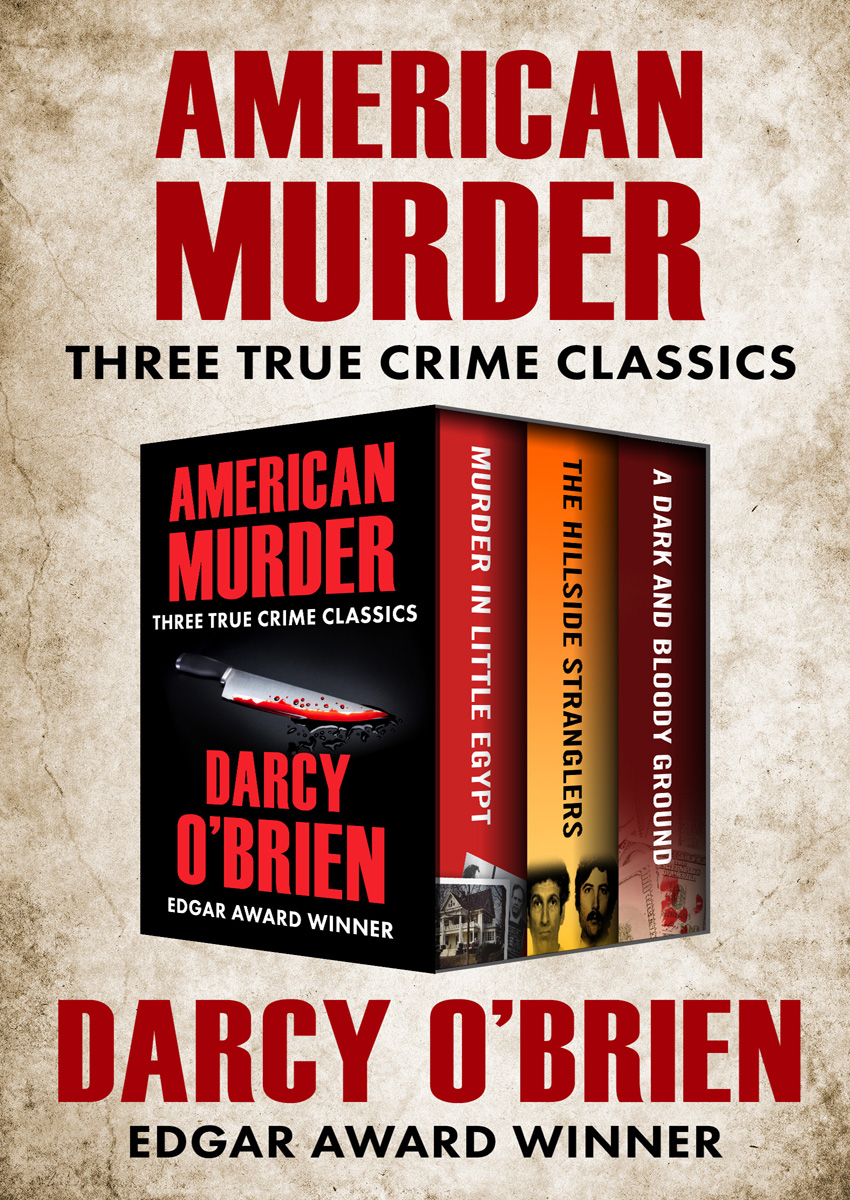American Murder
Three True Crime Classics
Darcy OBrien

CONTENTS
All rights reserved, including without limitation the right to reproduce this ebook or any portion thereof in any form or by any means, whether electronic or mechanical, now known or hereinafter invented, without the express written permission of the publisher.
Murder in Little Egypt copyright 1989 by Darcy O'Brien
The Hillside Stranglers copyright 1985 by Darcy O'Brien
A Dark and Bloody Ground copyright 1993 by Darcy OBrien
Cover design by Amanda Shaffer
ISBN: 978-1-5040-4717-3
This edition published in 2017 by Open Road Integrated Media, Inc.
180 Maiden Lane
New York, NY 10038
www.openroadmedia.com


Find a full list of our authors and
titles at www.openroadmedia.com
FOLLOW US
@OpenRoadMedia




A Dark and Bloody Ground
To Thomas Flanagan
I was born on Bullskin Creek, and I have told many a tale, but never under oath.
LESTER H. BURNS, JR.
S O RICH WAS THE SOIL , so plentiful were the fish and game and various the beauties of Kentucky, that its original inhabitants, including Shawnee and Cherokee, fought continuously over tribal boundaries and called it the dark and bloody ground. The phrase, from which the name Kentucky derives, gained currency during the period of white settlement, when Daniel Boone and others wrote of the new land as a Garden of Eden well worth bloodshed. Over the past two hundred years, however, Kentucky has become known and celebrated for so many thingsbourbon, moonshine, tobacco, railroading, coal mining, country and bluegrass music, thoroughbreds, not to mention Colonel Sanderss fried chickenthat the old epithet no longer seems fair.
The state ranks second to Wyoming in coal production; the Humana hospital chain, with its headquarters in Louisville, has become an equally conspicuous enterprise, economically and politically powerful. To travel through Kentucky today is to be confronted by changenew industries, new architecture, the urban intensities of getting and spendingand by the lack of it. If Louisville feels up to date, Lexington, in the heart of the Bluegrass country, a limestone plateau that nourishes horses bones, does not. With its elegant old neighborhoods, set in a countryside that resembles a manicured park, Lexington clings to an earlier era. It has been the breeding center of American thoroughbred racing since at least 1875, when the Lexington-bred Aristides won the first Kentucky Derby. Recently it was the site of the U.S. Open Polo Championships, an event harmonious with the citys atmosphere of monied Southern languor, epitomized by mint juleps, horse farms that are fiefdoms, the Idle Hour country club, and Keeneland, one of the three most beautiful racetracks in the nation, where love of tradition forbids even a public address system and where the annual yearling sales attract sheiks and other bankrolled gamblers smitten by long-legged possibilities. Urban sprawl and the presence of a Toyota plant only fifteen miles to the north may portend change, but for now the local ambience values aesthetics over utility. The Lexington airport offers floral displays and art exhibitions; at a downtown restaurant with a French name, you will find snails broiled in goat cheese, and no grits.
Down in one corner of the Commonwealth, where the border skirts West Virginia, Virginia, and Tennessee, still another culture prevails. Here are the rugged hills and mountains where, sixty and seventy years ago, folklorists convened, excited that the people seemed so odd that they must be throwbacks to Elizabethan times, on the evidence of quaint turns of phrase and the survival of several ballads. That the natives might be backward was thought to be important. Their Anglo-Saxon stock was celebrated; that about a third of the native surnames were Celtic was played down. In romantic zeal the folklore and folk song industries sought to persuade these Appalachian mountaineers to cast off their mail-order banjos in favor of dulcimers and to forsake drinking and roaring for morris dancing. It seems not to have occurred to these interventionists that they were altering forever what they praised as pure and that in music as in language, it is the poor and the isolated who preserve the old, unaffected as they are by the fashionable and phony.
Idealists from the Bluegrass and from as far away as the Seven Sisters colleges of the Northeast, most of them women of means drawn toward social work when many other professions remained closed to them, adopted Eastern Kentucky as a focus of cultural and religious missionary activity. They established settlement schools modeled after Hull House. Motivated by a well-meaning condescension and offended by raw music and moonshine, they taught coal miners children the niceties of a genteel Christmas, encouraged local crafts such as carving, quilting, and weaving, and organized folk festivals. Some of the locals learned to sing the way the antiquarians wanted them to; others, clinging to their natural styles, caught the attention of commercial recording companies and achieved national popularity after 1924, when the first hillbilly record was cut.
Here in the thirties, Bill Monroe invented what he called bluegrass music: it has no connection whatever to the actual Bluegrass region, but the name is free from the taint of ignorance that dogs hillbilly. Here lies Butcher Hollow, birthplace of those coal miners daughters Loretta Lynn and Crystal Gayle. The antiquarians were correct in this, that Eastern Kentucky has a distinctive voice, one that does derive from Britain and Ireland but whose genius was too hardy to be tamed and has flowered at the Grand Ole Opry.
This is a stretch of Appalachia as mountainous and shadowy as the Bluegrass is broad and as poor as the horse country is rich. And here the old Indian epithet is still apt, because the murder rate in most counties of Eastern Kentucky yearly exceeds that of New York, Chicago, or Los Angeles, and has done so as long as statistics have been kept. Only Washington, D.C., three hundred miles away, and a portion of Illinois called Little Egypt rival Eastern Kentucky in per capita homicides.
History, poverty, and traditionthis last including what is often referred to as the mountain philosophy, a very loose definition of the permissible boundaries of self-defensecombine to encourage and perpetuate crime and violence. The first white settlers, freed after seven-year terms as indentured servants in Virginia and the Carolinas, drifted into these mountains a generation or two before Daniel Boone, learned from the Cherokee the technique of the log cabin, and gained a deserved reputation for rude and hostile behavior, shooting first or pulling up stakes whenever someone moved within five miles of them. They did not establish towns, preferring the isolation of cabins hidden in hollows, living off the land. In 1775 Boone entered the territory through the Cumberland Gap on his way to a leveler landscapedisdaining a coonskin cap, current scholarship compels us to accept, but, surely, using what came to be called a long Kentucky rifle. Boone, a sociable man, headed north; other whites turned south to settle the Cumberland Plateau, into what became Tennessee, what the Indians had known as the richest of hunting grounds.

